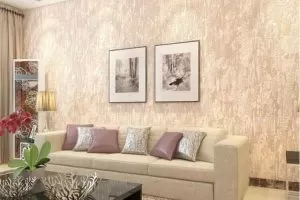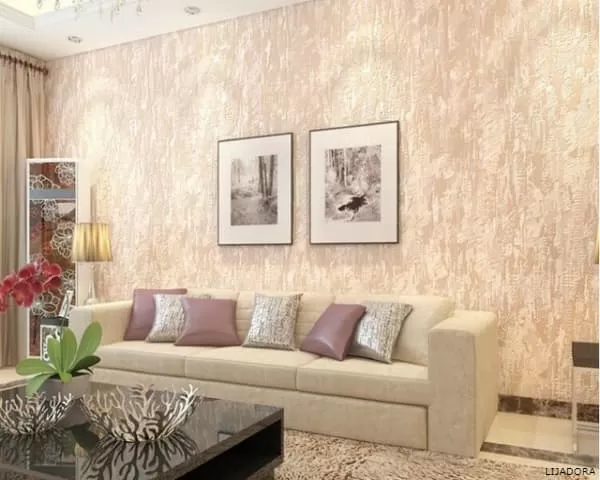What is Sand Effect Painting ?
It is a sand textured finish, usually latex or water based for interior use on primed or previously painted surfaces. It offers the opportunity to create an infinite variety of designs, or personalized decorative effects on interior walls and ceilings. On older patched surfaces, it offers the added benefit of hiding small cracks and minor imperfections.
Recommended for: primed or previously painted surfaces: mineral plasters, traditional lime and cement, mineral and acrylic thin coat plasters, plaster fillings and fillers, dry walls, wallpaper, building blocks, concrete, latex, usually dispersion and emulsion paints. And Renovation of paints, previously primed wood, plywood and metal surfaces.
We show you a very useful comparison that allows you to make the best decision at the time of buying the sand effect paint you need. You can compare prices, models, brands and reviews:
Sand Effect Painting on Gotele
Gotele is a special type of plaster that is sprayed directly onto a wall or ceiling, which gives it a mottled/dotted effect. Very common throughout Spain, but unfortunately it has gone out of fashion.
A spectacular option to update the gotele is to apply a paint with sand effect, as this helps to fill the imperfections of the old gotele and transform it into a new texture. It is simply applied with a roller and that’s it, we have a new decoration on ceilings or walls.
Sand Effect for Exteriors
Sand effect paint is weather resistant and decorates exterior wall surfaces. It is also used to conceal minor surface irregularities in the substrate. It fills in surface cracks and conceals minor surface defects and repaired areas. Can be used on properly cleaned and primed concrete, cement plaster and other masonry surfaces
Sand Metal Effect Paint
The Sand Metal Effect paint is a highly decorative finish layer with a fine metallic sand grain structure. In conjunction with the appropriate lighting, the decorative interior surfaces are transformed into softly shining accents with interesting light and shadow effects.
Therefore, the surface structure can be individually designed through a suitable brush guide, which will create a completely shiny appearance. The appearance of the sandstone in soft colours, shimmering discreetly with a high-quality metallic effect, comes in natural copper, precious shimmering gold or silver tones.
Sand Effect Paint Colors
This type of paint has a color that has several shades precisely derived from that sand effect it has. There are several color alternatives such as the so-called yellow sand effect, sand beige effect, sand beige Saharan effect, aubergine sand effect, slate gray sand effect, silver gray, orange sand, soft orange sand.
In addition, there are also pistachio sand effect, kalahari red, tobacco, olive green, yellow sechura, all alternatives for painting the house that also look very attractive by the sand effect. It is worth noting the dye sand effect, which is tintable up to 12 colors, and that this is done in the paint shop. It can be applied well on the gotelé and also in exteriors where it will look as much as in interiors.
How is the Sand Effect Painting Done ?
Today, textured paint is used on walls and ceilings to give a unique look to the room. You can buy textured paint that already has sand mixed in, but it is more expensive. A more economical alternative is to add sand to the paint, before you start painting.
For this we use silicon sand, we can not use beach sand, because of the impurities it contains and this can reduce the adhesion of the paint to the wall.
How to Apply Sand Effect Paint on the Walls ?
Initially, sand was added to paint and textured ceilings to hide imperfections.
Step 1
It is important to use latex paint if you want to texture your walls or ceilings. The gloss level of the paint is not very important. Sand mixes well with any gloss level of the paint.
Step 2
Buy silica sand that is sold specifically for mixing with paint. Do not attempt to texture your paint with regular beach sand. Beach sand often has dirt, rocks and small pieces of broken shells. It does not mix well with paint. Silica sand is sold at most hardware stores.
Step 3
Experiment with any amount of texture you like. Take a small amount of paint and mix in some sand. Paint a small section of the wall or ceiling and wait for it to dry.
If you are satisfied with the amount of texture, use the same proportion to mix the rest of the paint and sand. If you want more texture, add more sand. For less texture, use less sand.
Step 4
Mix the sand in the paint well, using a paint shaker or a ruler. Sand has a tendency to settle to the bottom, so you should stir it periodically while you are using it.
Step 5
Apply the textured paint to the wall or ceiling with a sponge roller or low pile. To create a more uniform finish, wait for the first coat to dry and then apply a second coat.
Related Topics
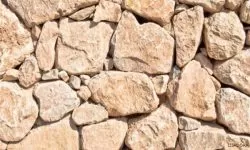
💚 The World of Rough Texture: Definition and Examples
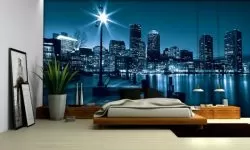
TEXTURIZED WALL: Modern and Interior Walls
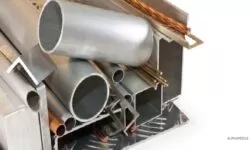
FERROUS AND NON FERROUS METALS
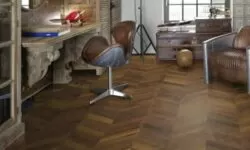
WOOD TEXTURE: What It Is and Its Types

STEEL DENSITY: Definition, Properties and Composition
Other Topics of Interest in ALPHAPEDIA

FREE ROMANIAN COURSE
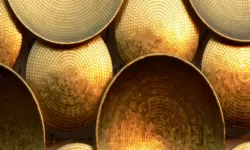
💚 THE GOLD COLOR: Its Psychology and Meaning

FREE DIGITAL ANIMATION COURSE

FREE DOCTORATE IN SOCIOLOGY

LAMENTATIONS 2

FREE CHILDCARE COURSE
Sand Effect Painting Image
